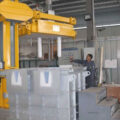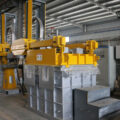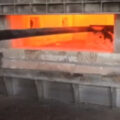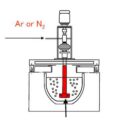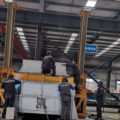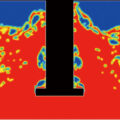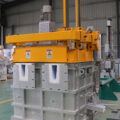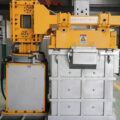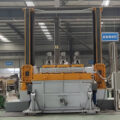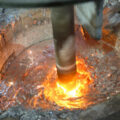In the rotary method of the aluminum liquid degasser, an inert or chemically inactive gas (Argon, Nitrogen) is purged through a rotary shaft and a rotor.
The energy of the rotating shaft causes the formation of a large number of fine bubbles offering a very high surface/volume ratio.
The large specific surface area promotes rapid and efficient diffusion of hydrogen into gas bubbles, which helps to equalize the activity of hydrogen in the liquid and gas phases.
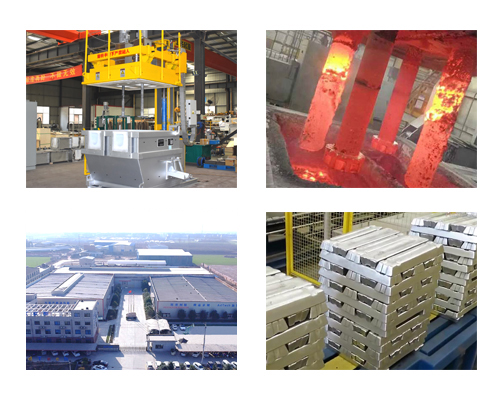
The online degassing unit adopts advanced high silicon melting technology to achieve long service life, degassing rotor, heating protection lug and thermocouple protection lug adopt manufacturing technology of ceramic which can meet the requirements of high precision aluminum production.
The online degassing unit should be installed between the furnace and the casting equipment. It is used for the removal of hydrogen (H) and slag from molten aluminum. The online degassing unit has a dual function: treatment and heating. It serves the high precision molten aluminum purification industry.
The aluminum liquid degasser is based on the principle that dissolved hydrogen gas will move from an area of high concentration (in the melt) to an area of low concentration (in the inert gas).
The hydrogen gas disperses in the molten metal as it would if released in a confined space.
It will maintain a constant concentration throughout the fusion.
Hydrogen gas can migrate through liquid metal almost as quickly as through the air.
Sources of hydrogen in molten aluminum:
atmospheric humidity
wet metal filler
wet furnace lining (crucible, transfer pockets)
wet foundry instruments
wet streams and other consumables
furnace fuel combustion products containing hydrogen
Therefore, it is not necessary to put every ounce of metal in contact with the inert gas. The efficiency of aluminum degassing is determined by two factors, the rate of transfer through the metal/gas interface and the total surface area available for the transfer.

